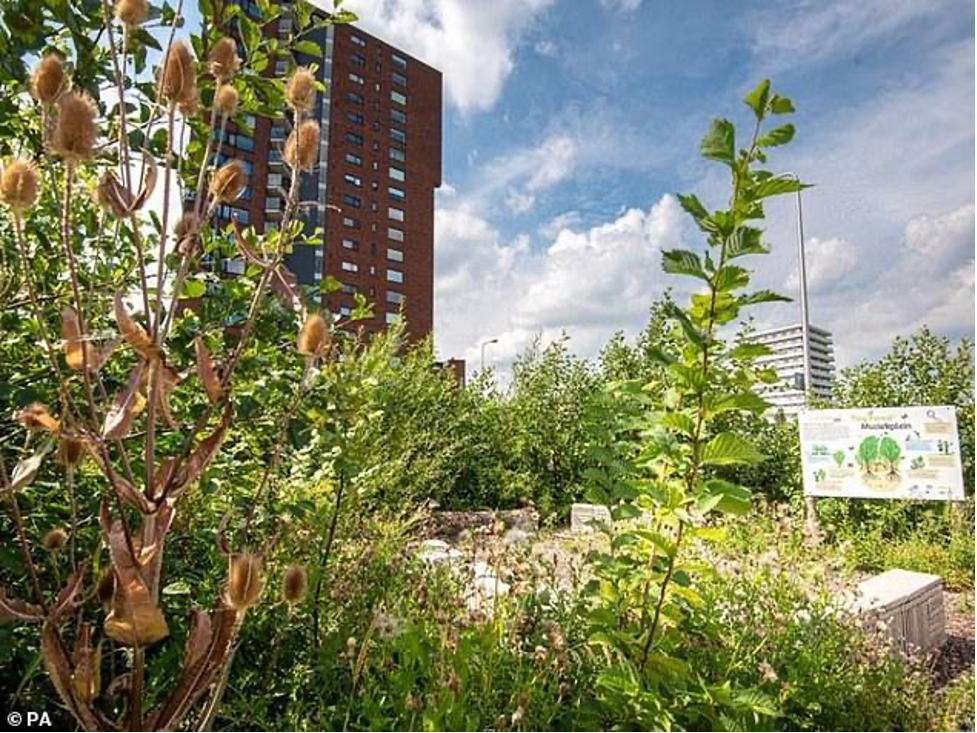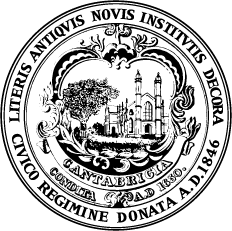Committee: Environment
Cost: $85,000
Location: To be determined by city staff
Short Description:
Pockets of unique trees, densely planted at select locations throughout the city, will beautify, educate, and help combat climate change. Approximately 50 trees will be planted with educational signage, bringing the forest into Cambridge.
Long Description:
A dense urban city like Cambridge needs room to breathe, and our street trees do immense work creating a healthier and more attractive place to live. Urban trees absorb twice as much carbon dioxide and provide vital health benefits for people and critters alike. No wonder, then, that trees are in high demand, a commonly requested participatory budgeting project. Our proposal gathers these many requests for individual trees into micro-forests to be planted with approximately 50 trees on city-owned land.
Climate change is expected to increase flooding from storms and to increase temperatures to dangerous levels in the city. The forests can help regulate these effects by infiltrating water and providing shading to reduce temperatures. The micro-forests will add to the city’s urban forest planning efforts, increasing the planting target by about 8%. In line with that plan, the micro-forests will be planted with diverse and resilient species to increase biodiversity in the city and to make sure the forests are healthy and long-lasting. The following list includes those native species for the city to consider planting:
- Tulip
- Dogwood
- Dawn Redwood
- Ginko
- Himalayan Birch
- Grey Birch
- River Birch
- White and Red Pine
- Poplars of any kind
Educational signage will be placed near each kind of tree that will indicate its name, why it has been chosen for this location and how to maintain and protect it. The sign will also provide fun facts about it (e.g. Did you know the Tulip trees wait at least 15 years to produce their first blossoms and then can continue flowering for several hundred years?).

igure 1. The UK's first micro-forest, planted in Oxfordshire


